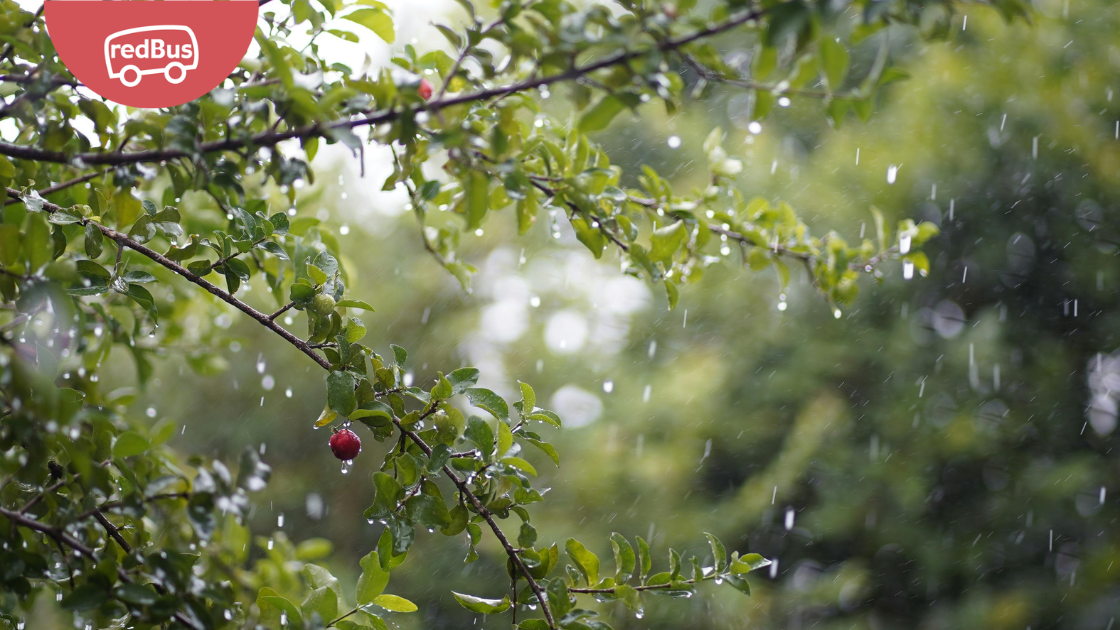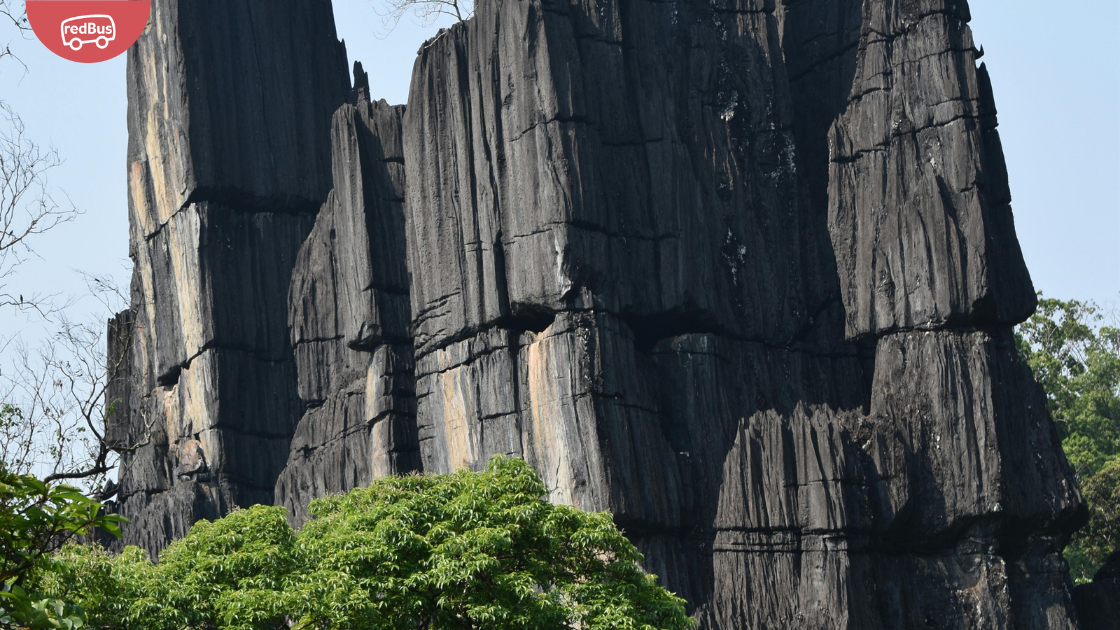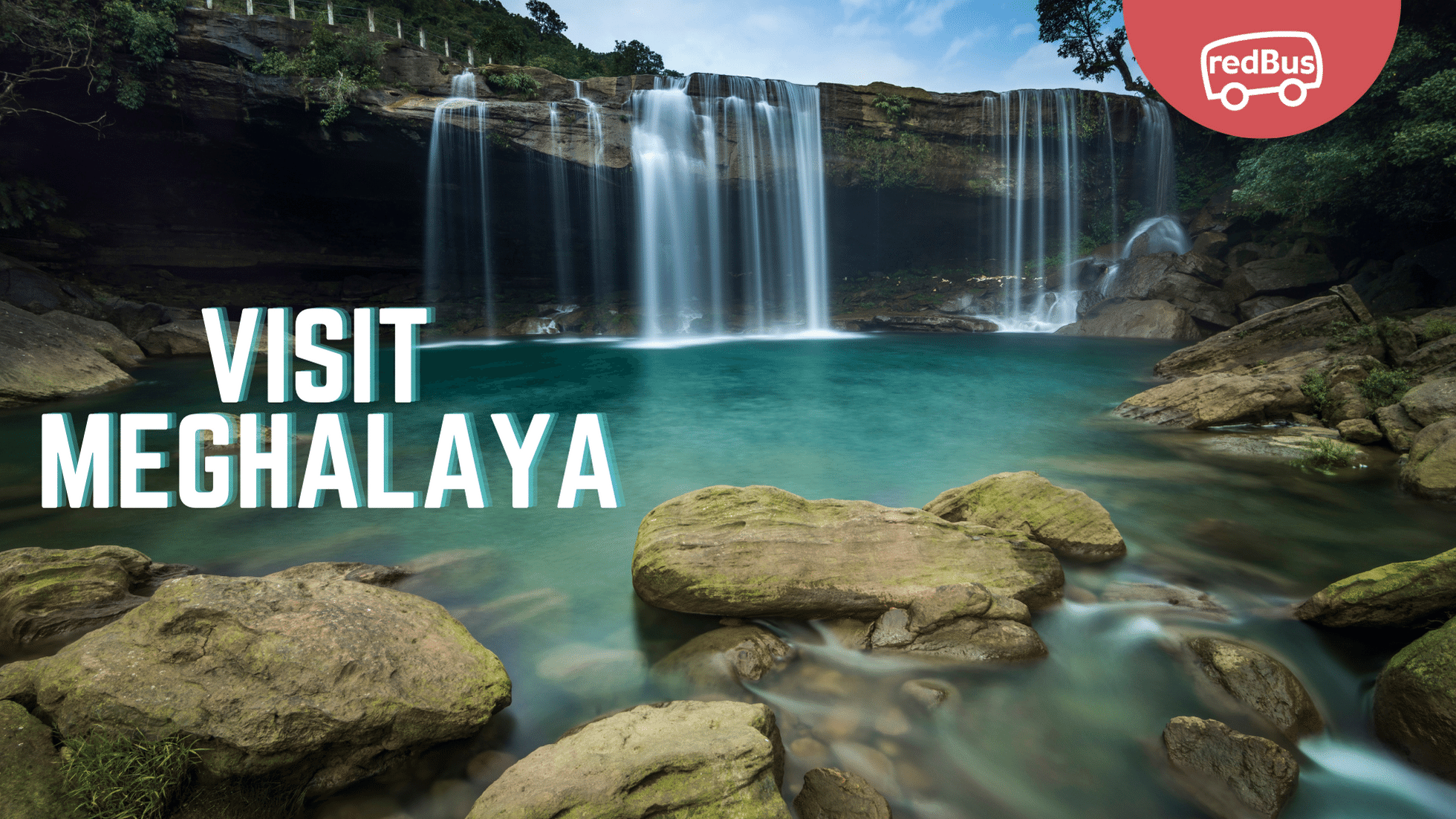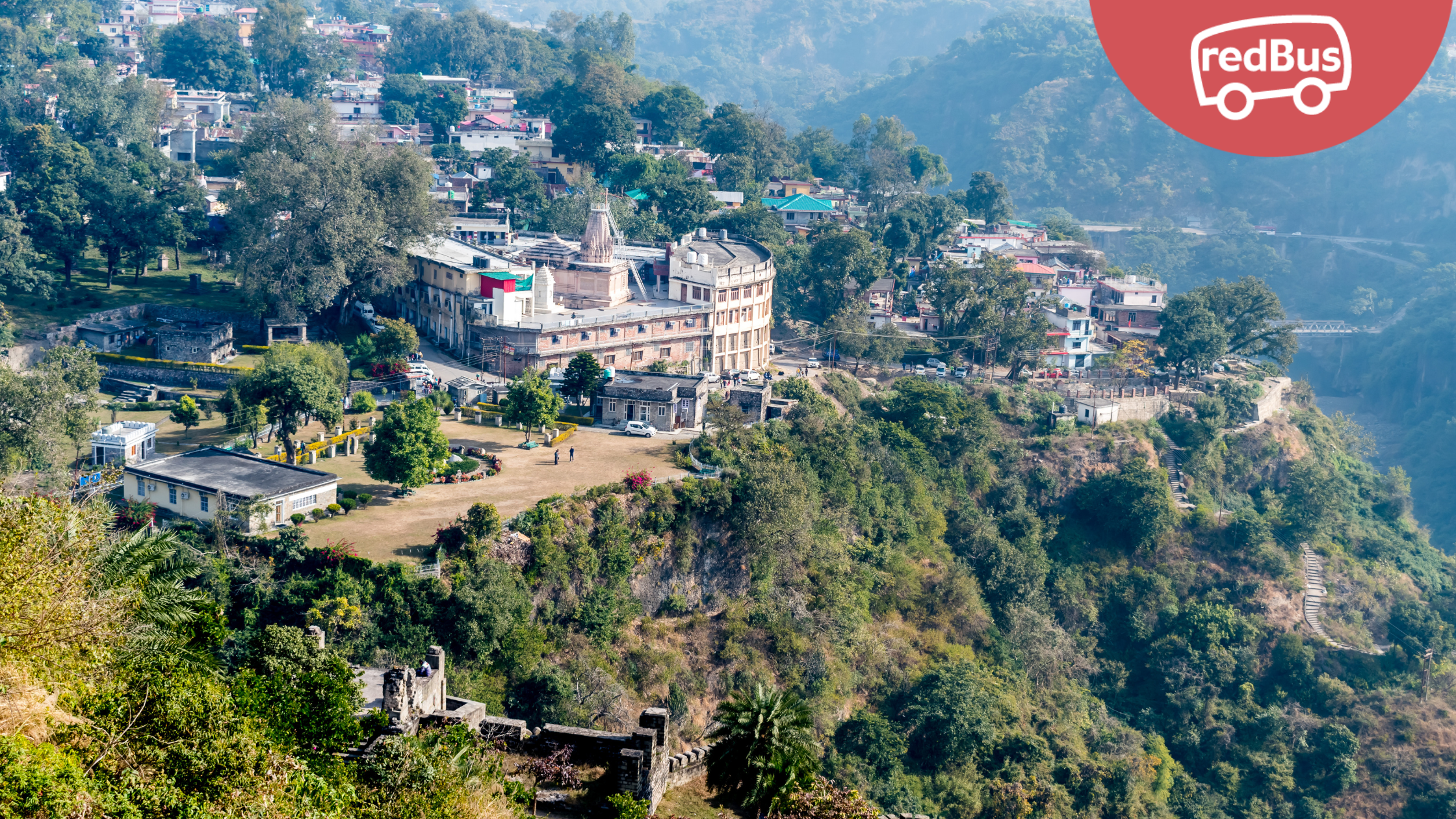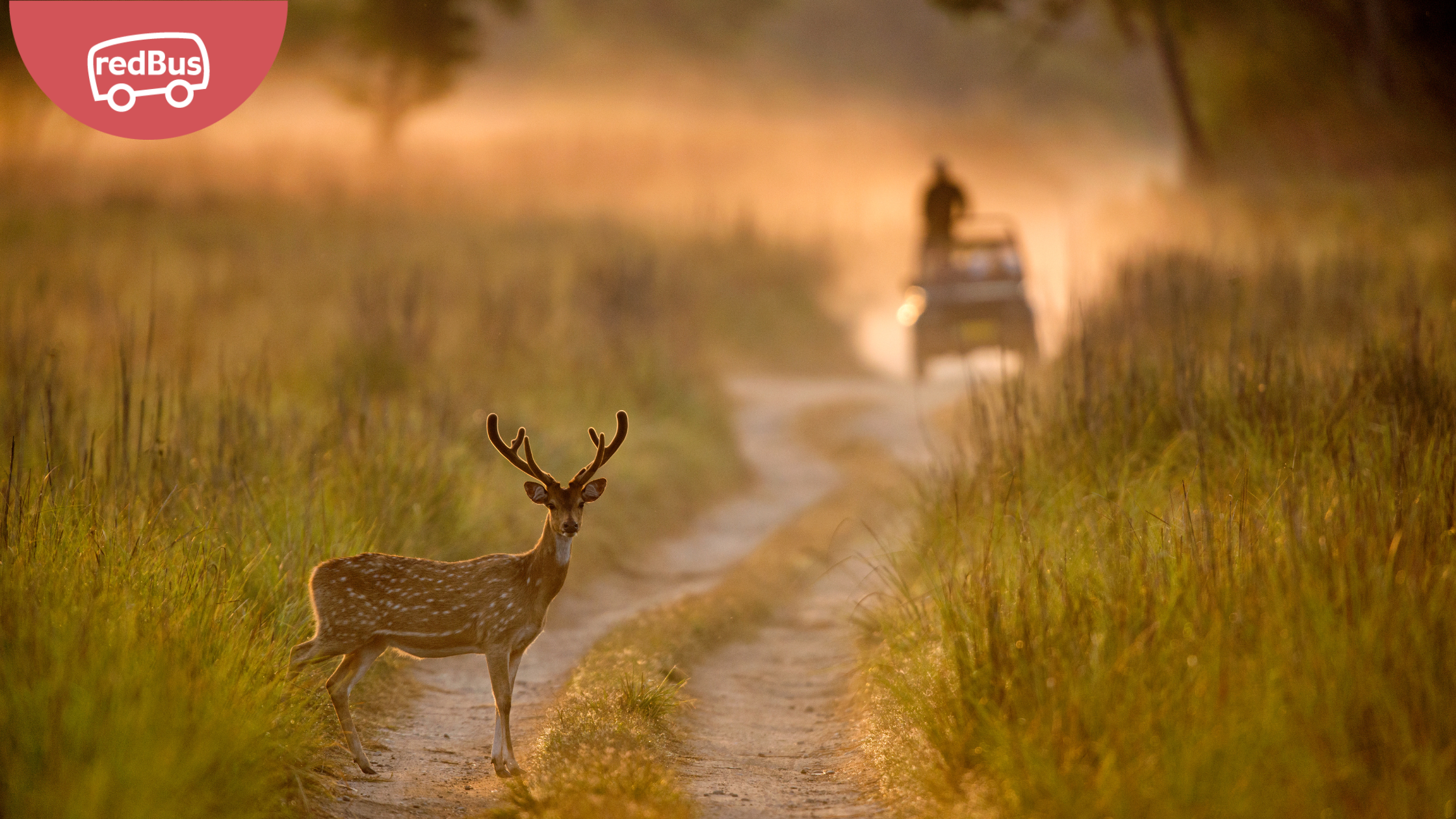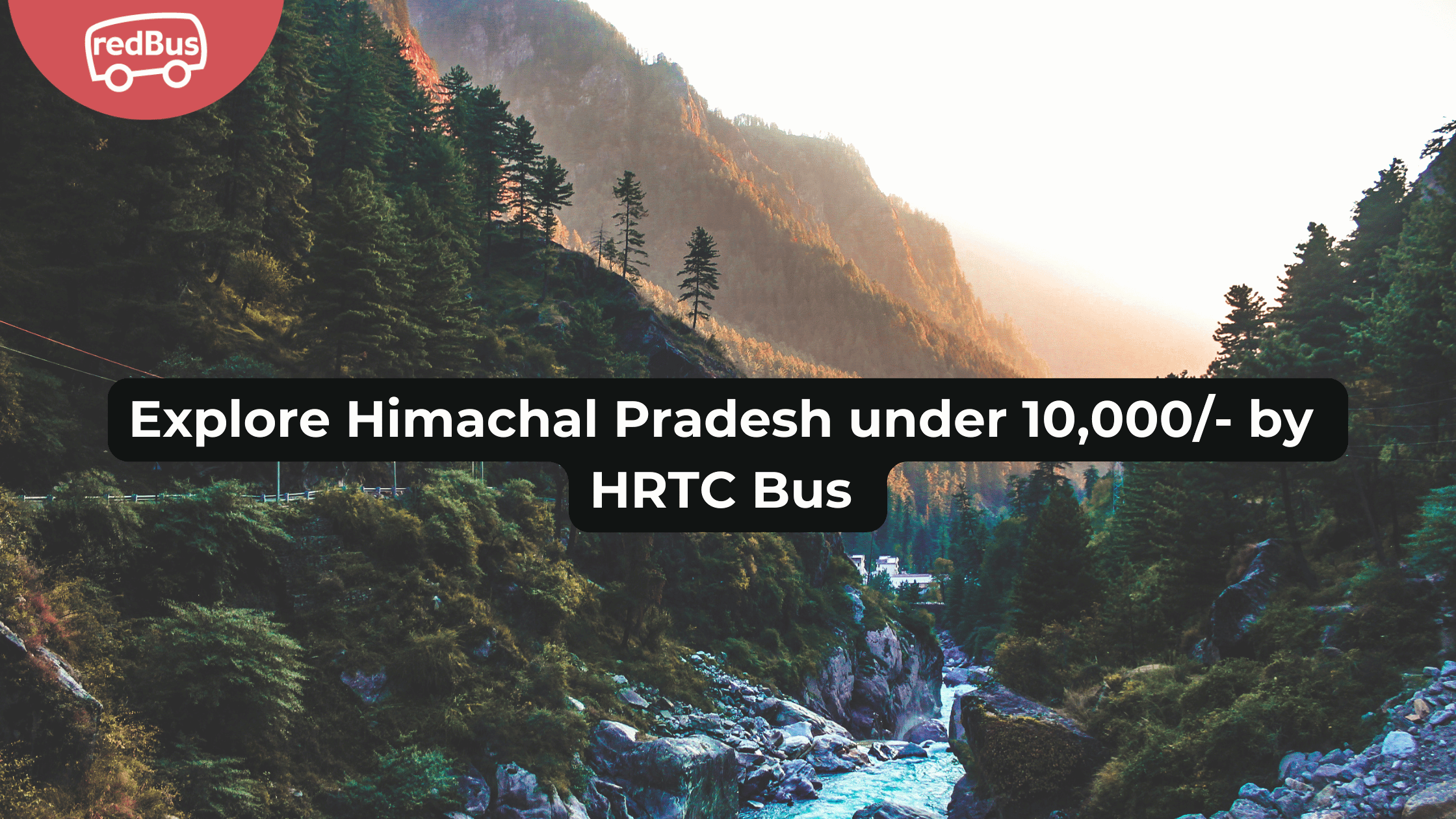In the northeastern corner of India, Meghalaya, often called the “Abode of Clouds,” is a land of stunning natural beauty, lush greenery, and vibrant culture. From cascading waterfalls and pristine lakes to mystical caves and living root bridges, Meghalaya offers a treasure trove of attractions for travelers seeking an offbeat and enchanting destination. In this blog post, we go on a journey to explore 20 famous places that showcase Meghalaya’s unique charm and allure.
Living Root Bridges of Cherrapunji:
Cherrapunji, renowned as one of the wettest places on earth, is home to the fascinating living root bridges. Crafted by the Khasi tribes using the roots of the Ficus elastica tree, these natural wonders are a testament to indigenous engineering. They can be found in remote villages like Mawlynnong and Nongriat.
Double Decker Living Root Bridge, Nongriat:
Located near Cherrapunji, the Double Decker Living Root Bridge is a marvel of nature and human ingenuity. Consisting of two levels of intertwined roots, this bridge spans a picturesque gorge and is a popular trekking destination for adventure enthusiasts.
Dawki and Umngot River:
Dawki, situated on the border between India and Bangladesh, is famous for its crystal-clear waters of the Umngot River. Boating on the Umngot offers mesmerizing views of the riverbed and is a surreal experience that leaves visitors spellbound.
Mawsmai Cave, Cherrapunji:
Explore the mysterious depths of Mawsmai Cave, one of the most accessible caves in Meghalaya. Adorned with impressive limestone formations, stalactites, and stalagmites, this cave offers a thrilling adventure into the heart of the earth.
Nohkalikai Falls, Cherrapunji:
Nohkalikai Falls, plunging from over 1,100 feet, is the tallest plunge waterfall in India. Surrounded by lush greenery and mist-covered cliffs, the waterfall offers a breathtaking sight that captivates the senses.
Seven Sisters Falls, Cherrapunji:
Seven Sisters Falls, named after the seven segmented streams that cascade down the cliffside, is another spectacular waterfall near Cherrapunji. During the monsoon season, the falls swell to life, creating a mesmerizing display of nature’s power and beauty.
Shillong Peak:
Rising to an altitude of 1,966 meters, Shillong Peak offers panoramic views of Shillong and the surrounding hills. Visitors can ascend to the peak via a winding road and witness stunning vistas of the Khasi Hills bathed in golden sunlight.
Elephant Falls, Shillong:
Located just outside Shillong, Elephant Falls is a popular tourist attraction known for its cascading tiers and lush green surroundings. The falls derive their name from a rock resembling an elephant near the foot of the falls.
Mawlynnong Village:
Voted as “Asia’s Cleanest Village,” Mawlynnong is a pristine paradise nestled amidst the rolling hills of Meghalaya. Known for its immaculate cleanliness, vibrant flower gardens, and eco-friendly practices, Mawlynnong offers a serene retreat from the chaos of urban life.
Krang Suri Waterfall, Jowai:
Tucked away in the Jaintia Hills district, Krang Suri Waterfall is a hidden gem that offers a refreshing escape into nature. Surrounded by dense forests and turquoise pools, the waterfall is an idyllic spot for picnics, swimming, and relaxation.
Mawphlang Sacred Forest:
Step into the mystical realm of Mawphlang Sacred Forest, where ancient trees, ferns, and moss-covered rocks create an enchanting ambiance. Believed to be inhabited by benevolent spirits, this sacred grove is revered by the Khasi tribes and offers a glimpse into Meghalaya’s rich cultural heritage.
Laitlum Canyons, Shillong:
Perched atop the East Khasi Hills, Laitlum Canyons offer panoramic views of the surrounding valleys and lush greenery. Trekking to the edge of the canyons rewards visitors with breathtaking vistas and a sense of tranquility amidst nature’s grandeur.
Mawsynram:
Known as the “Wettest Place on Earth,” Mawsynram receives the highest average rainfall in the world. Despite its challenging weather conditions, the village boasts stunning landscapes, lush greenery, and unique flora and fauna that thrive in its moist climate.
Nartiang Monoliths, Jaintia Hills:
The Nartiang Monoliths, located in the Jaintia Hills district, are a collection of ancient megalithic stones believed to date back to the 16th century. These monoliths serve as a testament to the region’s rich cultural heritage and are revered by the local Khasi tribes.
David Scott Trail, Meghalaya:
Named after the British administrator who established it, the David Scott Trail is a historic trekking route that winds through the picturesque hills of Meghalaya. Following the footsteps of colonial-era traders, trekkers can explore dense forests, quaint villages, and panoramic viewpoints along the trail.
Dainthlen Falls, Sohra:
Dainthlen Falls, located near Cherrapunji, is named after a mythical demon serpent slain by a local hero. The waterfall cascades down a rugged cliffside, creating a mesmerizing spectacle that enthralls visitors with its natural beauty.
Balpakram National Park:
Balpakram National Park, situated in the South Garo Hills district, is a haven for wildlife enthusiasts and nature lovers. Home to a diverse array of flora and fauna, including rare species such as the Asian elephant and the golden langur, the park offers thrilling safaris and trekking opportunities amidst its pristine wilderness.
Siju Cave, South Garo Hills:
Explore the mystical depths of Siju Cave, one of the longest caves in India, located in the South Garo Hills district. Adorned with stunning limestone formations, underground rivers, and diverse ecosystems, the cave offers a fascinating journey into the subterranean world.
Mawkdok Dympep Valley Viewpoint, Sohra:
Perched atop the Dympep Valley, Mawkdok Dympep Valley Viewpoint offers panoramic views of the lush green valleys and cascading waterfalls below. Visitors can soak in the scenic beauty, enjoy a bird’s-eye view of the landscape, and capture stunning photographs of Meghalaya’s natural splendor.
Smit Village:
Smit Village, located near Shillong, is known for its historical significance and cultural heritage. The village is home to the ancient Nongkrem Dance festival, celebrated by the Khasi tribes to honor the indigenous deity Ka Synjaiñ. The festival offers visitors a glimpse into Meghalaya’s rich traditions and customs.
Conclusion:
With its enchanting landscapes, vibrant culture, and rich heritage, Meghalaya beckons travelers to embark on a journey of discovery and exploration. From its caves’ mystical depths to its waterfalls’ majestic heights, Meghalaya offers many attractions that captivate the imagination and leave a lasting impression. Whether you’re a nature enthusiast, an adventure seeker, or a cultural connoisseur, Meghalaya’s famous places promise an unforgettable experience filled with wonder and awe.
So why wait? Plan your visit to these iconic destinations today and immerse yourself in Meghalaya’s natural beauty and cultural heritage. Book your MTC bus ticket to explore the famous places of Meghalaya on redBus and embark on a memorable journey through the “Abode of Clouds.”

